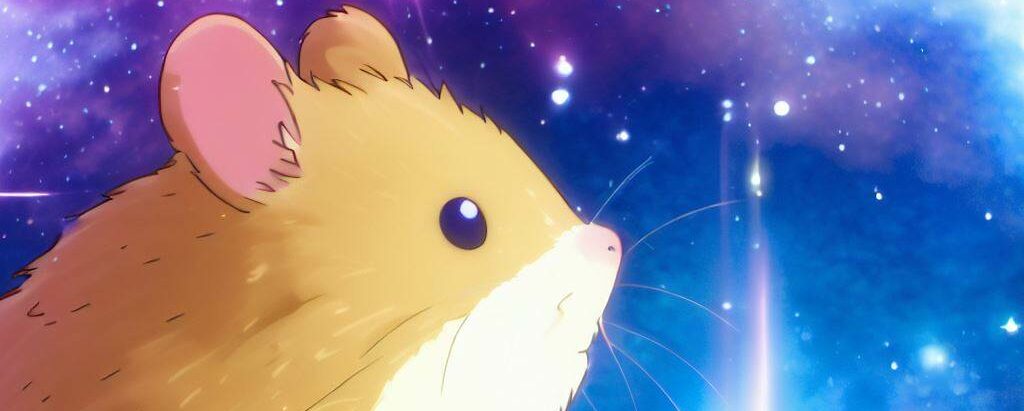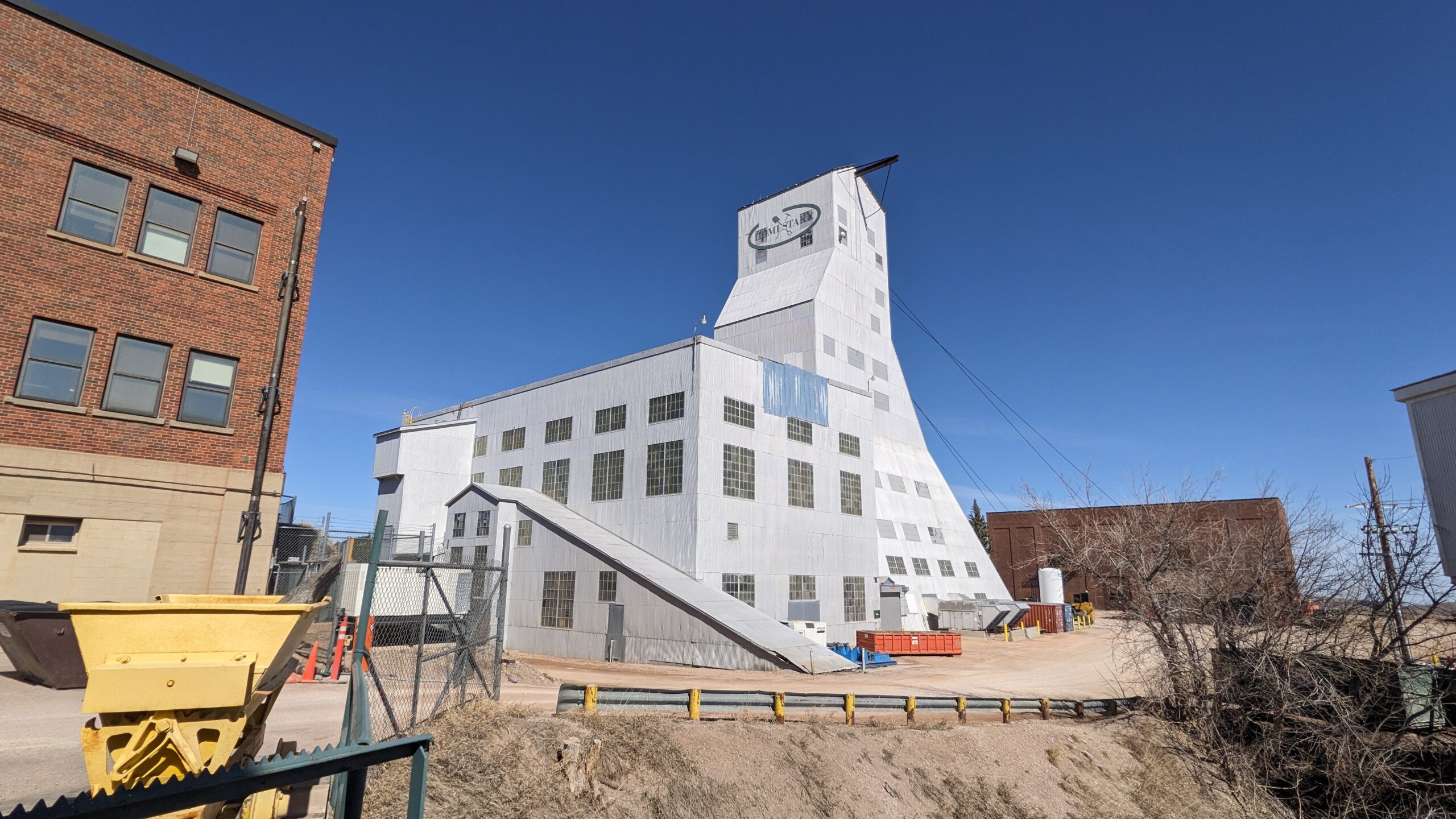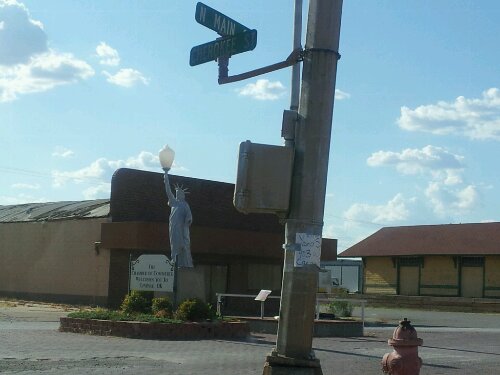Join me in this continuing series of posts that explores the development of the material for my public lecture on Thursday, March 14, entitled “Catch a Dying Star: Astronomy Deep Underground”. Today, I explore the development of the storyline.
Science is storytelling. It’s evidence-based, but it’s storytelling. When I taught physics, I tried to make it clear to my students that I did not see a distinction between the lessons from the humanities and those from the sciences. Both broad areas of inquiry are working to tell a story. The elements of storytelling are fundamentally the same. Once you have developed knowledge, your goal is simple. Tell your audience what you are going to say. Then, say it. Finally, remind your audience about what you have said.
Developing the story for “Catch a Dying Star” began when I conceived of a colloquium for sharing at Siena College. That was almost a year ago. My goal then was to tell the story of a dead star – Supernova 1987a – and motivate how it was the first time humanity saw a pulse of neutrinos that should precede the light from the supernova. I wanted to then motivate the challenge of seeing neutrinos and explain why experiments are generally built underground. This allowed me to share SNOLAB. Finally, my aim was to explain one of these observatories – the Helium And Lead Observatory, or HALO. I then wished to flip the story around for my Siena audience and share with them a story of how the laboratory can become the object of study. This allowed me to conclude by sharing recent work from a student research project.
For “Catch a Dying Star”, the audience was not a university audience (undergraduates, staff, and faculty in the case of Siena College) but a general audience from Lead, South Dakota, and the surrounding communities. Lead is a “science city” now that it is home to the Sanford Underground Research Facility, or SURF. Certainly, having a science laboratory at the center of your community generally means the community itself is invested in learning about science. Nevertheless, the goal was to communicate neutrino astronomy to a broad audience.
I kept the first two elements of the original story: supernova 1987a and the use of neutrinos as an early warning concept for alerting optical astronomers, as well as a tour of SNOLAB as an example of an underground laboratory. Instead of the end game being sharing a particular student research project, I concluded instead with the Supernova Early Warning Systems, or SNEWS. This system aggregates information from about 5-10 neutrino observatories spread across the globe and uses their observations to signal optical astronomers. Members of the audience can sign up for those bulletins, and I encouraged them to do so.
I was grateful for assistance on the final draft from members of the SNOLAB Education and Outreach team. They provided a key image I used in the “SNOLAB as an underground lab experience” portion of my talk: an image of the “cage” (elevator) that brings people underground to the level of SNOLAB in the Creighton Mine. The cage at SURF is different from the one at SNOLAB and it was useful to share this, as well as a movie of the journey underground and scenes from a typical day at SNOLAB.
I am especially grateful to the audience at the public lecture, who asked excellent questions and many of whom remained after the event to ask questions and engage in discussions. I am also eternally grateful for a local Lead eatery, Lasagna Mountain, for providing excellent food after the event that the SNOLAB team was able to enjoy with a colleague and host from SURF.
You can find my lecture online here:



